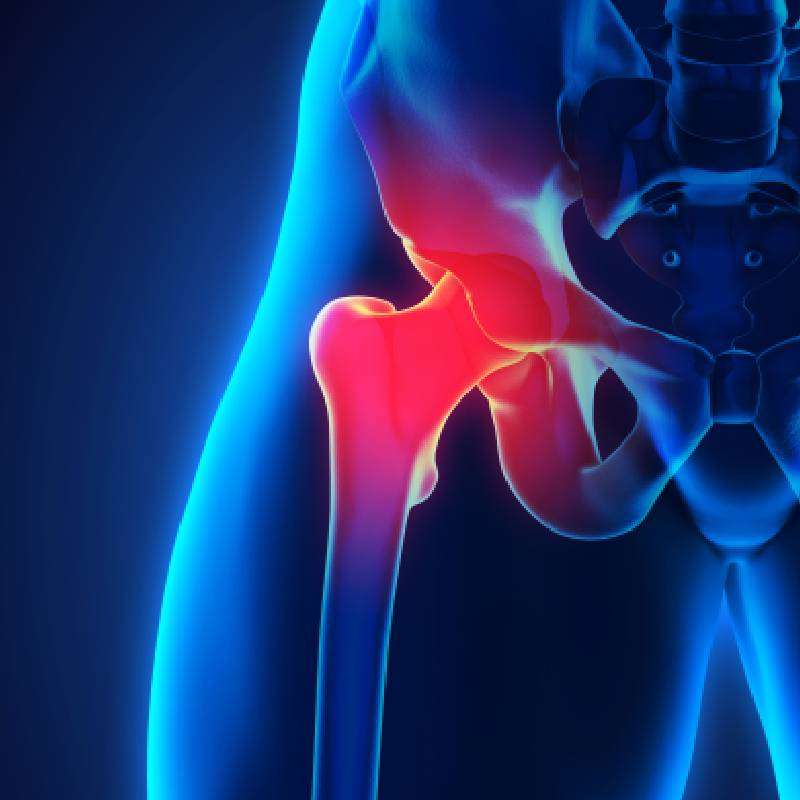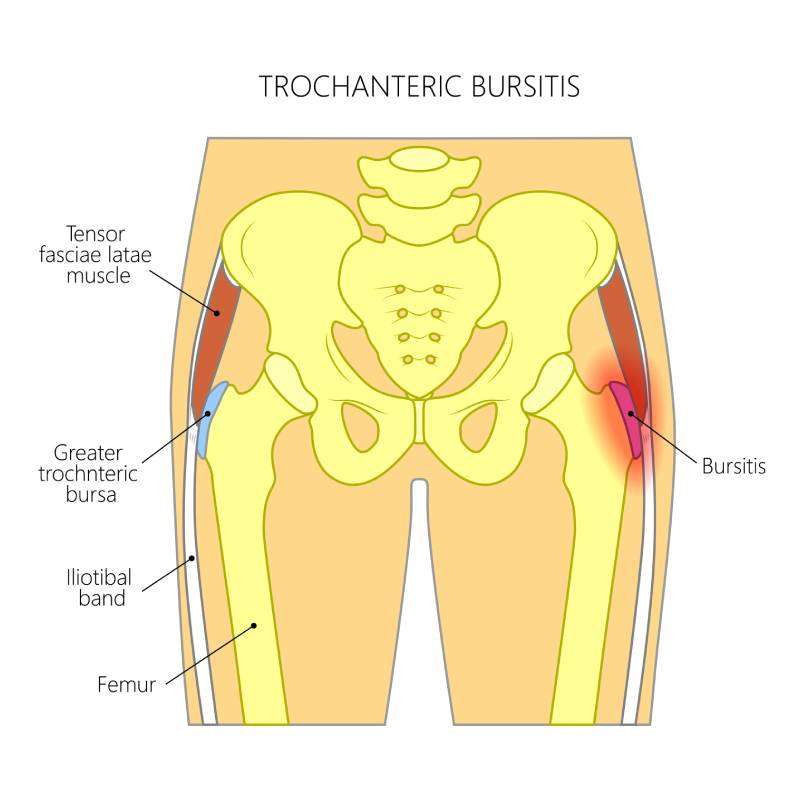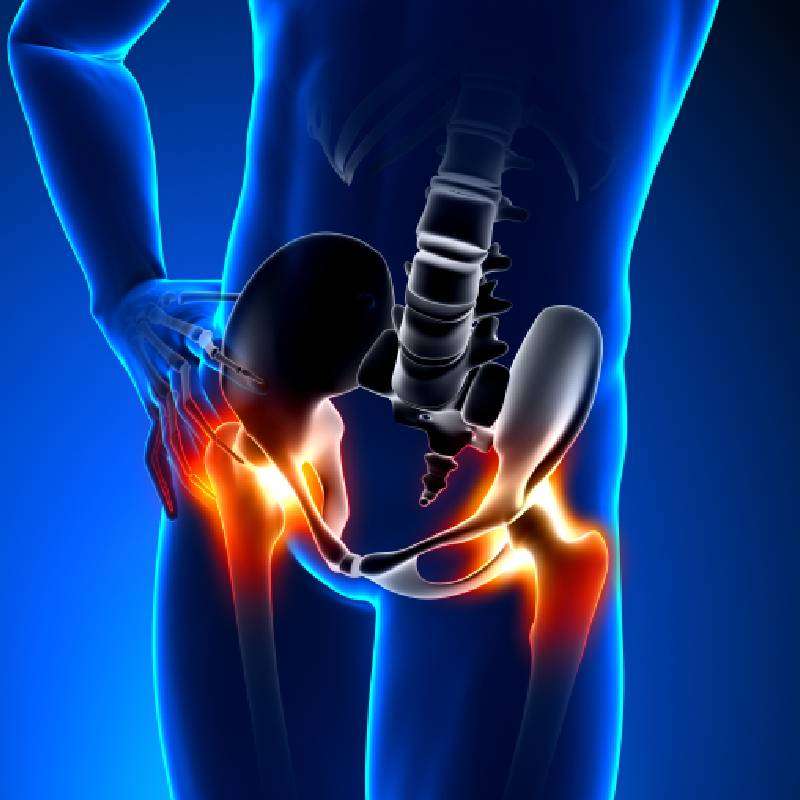Physical Therapy For Hip Pain Glendale AZ
Labral Tear
Anatomy
Our hip joint is the deepest joint in our body, it is made to be congruent and stable to take the weight of our body. The labrum is a soft cartilage (like a ligament) that goes around the socket (acetabulum) to deepen it further and provide suction and stability to the joint. Some of us can tear that labrum with end range hip motions, sports, cycling etc. Men are prone to have bony deformity in the hip that can cause the bone to abut the labrum and increases the risk of labral tears.
Who is at risk
Hip labral tears are common in the athletic population as well as the active middle age population. Labral tears are not always painful and many of us may have labral tears that we are unaware of, it is when they become painful that they are typically addressed. If the labrum is torn and you are having pain, this means you have lost some level of stability about the joint and you’re at an increased risk for early hip arthritis.
How Pt can help
PT can assist in avoiding labral surgeries, we can provide repositioning training to reduce bony abutment against the labral and teach you how to stabilize the pelvis to reduce risk of arthritic changes in the joint.
Bursitis
Anatomy
A Bursa is a fluid filled sac, we have many located throughout our body, they are present to help cushion and protect tendons from bony prominences in our body. They are typically pain free and we have no idea they are there. If they begin receiving stress which can be caused by pressure, trauma, tendonitis, movement dysfunction, they will become inflamed and extremely painful.
Who is at risk
We typically see bursitis in our young adults, middle aged and elderly populations that change their activity level too quickly or are moving in a dysfunctional pattern which causes increased stress to the bursa sac.
How Pt can help
PT is the standard of care for hip bursitis, there are many bursae in the hip region, many in the front, side and back. The bursa in the outside portion of the hip is injured most often. This is called Greater Trochanteric Bursitis. Pain is isolated to the outside bony region of the hip. We help reduce inflammation, restore movement patterns and increased strength and stability to the lateral hip musculature with this pathology.
Total Hip Replacement (Arthroplasty)
Anatomy
A total joint replacement occurs when the cartilage that protects the bony surfaces within a joint thins (arthritis), resulting in irritation and inflammation within the joint capsule. Conservative treatment can delay the thinning of the cartilage and give you improved quality of life, if conservative treatment is no longer helping, a surgeon will choose the best approach (anterior or posterior) to replace one or both components within the joint. Replacing the components of the joint eliminates the osteoarthritis which is what causes the thinning of the cartilage. Following surgery there are typically some movement restrictions to prevent dislocation while you are regaining strength around the joint.
Who is at risk
Anyone is at risk for osteoarthritis and the eventual requirement for a hip replacement, though factors such as obesity, age, history of high impact sports and genetics can also play a part. A hip replacement surgery may also be the result of a traumatic injury such as a fall or car accident or fracture.
How PT can help:
Physical therapy is imperative following a joint replacement as it is of the utmost importance to strengthen the musculature surrounding the new joint in order to maximize the stability and function of that joint. Typically, expect to complete at least 4-6 weeks of physical therapy following your surgery to maximize the benefit from your new joint.



